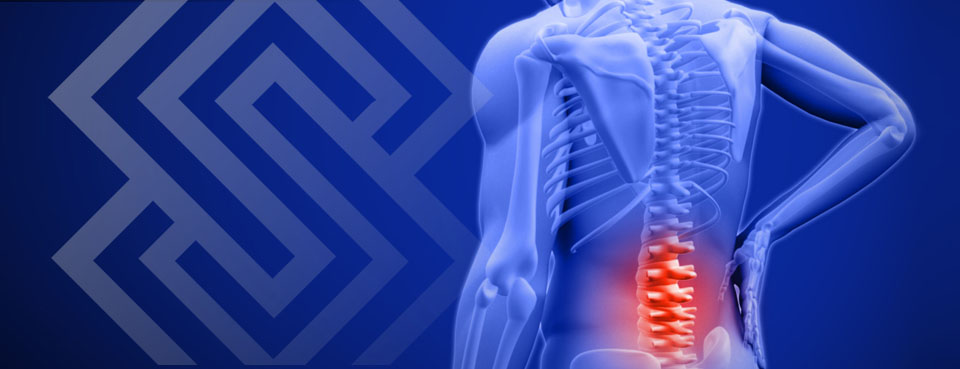Disc Extrusion
Disc extrusion is a degenerative spine disorder that can cause compressed nerves, back and/or neck pain and other even more serious and debilitating symptoms. Each disc in the spine is comprised of a tough, protective outer shell called the annulus fibrosus and a soft inner nucleus. When these discs are subjected to wear and tear or trauma or other injuries from accidents, the outer walls can become susceptible to tears that allow the inner liquid to leak into the spine, compressing nerves and causing a loss of stability. An extruded disc can also be diagnosed as a “herniated” or “ruptured” disc.Disc Extrusion Causes
Aging is the primary cause of disc extrusions. Other factors that can cause disc extrusions or accelerate their progression include:• Trauma or an accident causing injury.
• Repetitive, strenuous movements that occur during sports or work activities.
• Lifting heavy objects incorrectly.
• Smoking.
• Malnutrition / inadequate diet.
• Obesity
• Sedentary lifestyle
• Genetic predispositions
• Congenital complications developed at birth or during adolescence.
• An acute injury to the back
• Rapid twisting movement
• Rapidly sitting or standing
Disc Extrusion Symptoms
An disc extrusion usually does not cause any symptoms until it effects other areas of the spine. Symptoms of disc extrusions can vary and be dependent upon the amount of damage already sustained. Common symptoms of disc extrusion can include:• Stiffness or soreness in the back or neck.
• Muscle weakness or early onset of fatigue.
• Acute or chronic pain that emanates from the affected areas.
• Numbness or “pins-and-needles” sensations in the back, neck or extremities.
• Tingling sensations.
• Burning sensations.
• Neck, arm or leg pain.
• Difficulty performing daily activities including bending, standing or sitting down without pain or discomfort.
Notice:
This advertisement has been provided for informational purposes only and should not be used as a substitute for medical treatment or an actual diagnosis. If you are experiencing pain that may be associated with back or neck disorders you should seek the care of a doctor as soon as possible or immediately if your symptoms are accompanied by incontinence / loss of bladder or bowel control, as these may be signs of life threatening condition.

